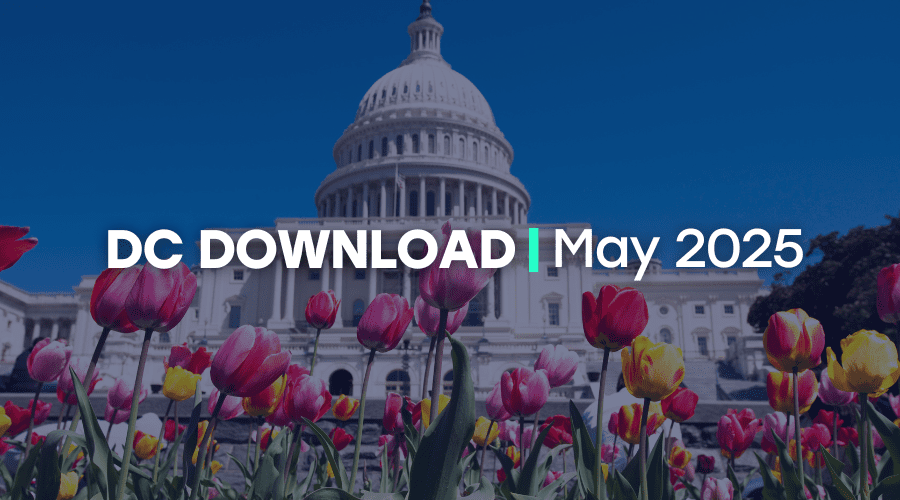You’ve probably seen it on signs before: “Road work ahead: Your tax dollars at work.” It’s how the government shows you what they’re doing, and how they’re spending the money that you contribute every paycheck. It’s like their version of a grant report. At that, a grant report nonprofit organizations should show up in.
Presumably, a nonprofit will know if they receive a grant or a contract directly from the federal government. However, many organizations receiving funding from their state or municipality would be surprised to find out that those dollars often originate from the federal treasury and are simply being passed down the line. In fact, federal dollars make up 31 percent of the average state budget and 23 percent of the average local budget. From healthcare to housing, child care to senior nutrition and much more, Uncle Sam is behind a lot of the support our sector receives, no matter whose name is on the check. So, nonprofits have a lot at stake with the federal budget process officially kicking off this month.
President’s Budget Released
On March 11, the White House released much of President Trump’s Fiscal Year 2020 budget proposal—A Budget for a Better America — with other key supporting materials released a week later. As is often the case with presidential budgets, this $4.7 trillion fiscal blueprint hits many of the same notes as budgets proposed for FY 2018 and FY 2019.
Under this budget, a scheduled reduction of approximately $55 billion in nondefense discretionary funding (NDD) would go into effect—a dramatic and damaging cut for many of the programs that help nonprofit organizations serve their communities. Independent Sector is part of efforts urging Congress to avert these cuts by raising existing strict budget caps. The budget proposes sparing Defense Department spending from similarly large scheduled reductions.
Specific programmatic priorities include $8.6 billion this year for border wall construction, $500 million over 10 years for childhood cancer research, and $291 million to end the spread of HIV/AIDS infections in the United States.
Despite predicting strong economic growth for the next decade, the federal budget deficit would top $1 trillion for each of the next four years. In this context of constrained resources, the budget also proposes the elimination of a wide range of federal programs important to the nonprofit community. They include the McGovern-Dole Food for Education program, 21st Century Community Learning Centers, Community Services Block Grant, Community Development Block Grant, National Wildlife Refuge Fund, Corporation for National and Community Service, National Endowment for the Arts, National Endowment for the Humanities, Institute of Museum and Library Services, Public Service Loan Forgiveness, and more.
Learning the Lessons of History
This is not the first time that the nonprofit sector has seen big budget cuts proposed, and it won’t be the last.
It is reasonably easy to imagine the direct impact that cuts like this would have on nonprofit organization’s missions: less international aid, fewer slots at afterschool programs, missing volunteers, and diminished artistic diversity. But, we need only look to the past to see the other impacts these cuts could have.
In the 1980s, large cuts in federal spending created significant funding challenges for nonprofits. As a result, many organizations turned to earned income as a new source of revenue, launching a new emphasis on social enterprise and revenue diversification. We continue to see the effects of this era, today, in nonprofit management styles, best practices, and business models. Clearly, big changes to government funding can create lasting impact on the entire sector. Only time—and steadfast advocacy—will tell whether we’ve learned the lessons of history or repeat mistakes.
If you have concerns or opinions about specific programs in the President’s budget, now is the time to contact your members of Congress.



